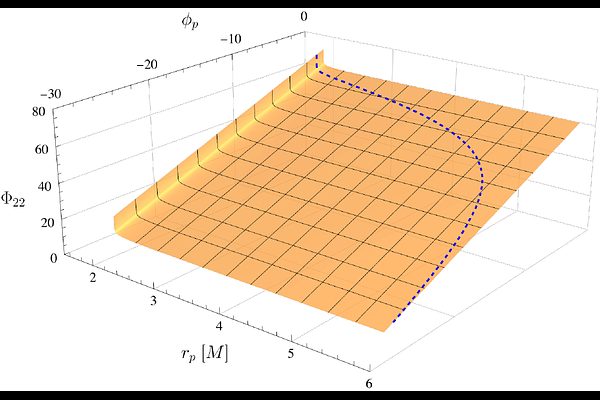Self-force framework for merger-ringdown waveforms

Self-force framework for merger-ringdown waveforms
Lorenzo Küchler, Geoffrey Compère, Adam Pound
AbstractThe prospect of observing asymmetric compact binaries with next-generation gravitational-wave detectors has motivated the development of fast and accurate waveform models in gravitational self-force theory. These models are based on a two-stage process: in a (slow) offline stage, waveform ingredients are pre-computed as functions on the orbital phase space; in a (fast) online stage, the waveform is generated by evolving through the phase space. While this framework has traditionally been restricted to the inspiral stage of a binary, we recently extended it across the transition to plunge, where the small companion crosses the innermost stable circular orbit around the primary black hole. In this paper, for the special case of quasicircular, nonspinning binaries, we show how the "offline/online" phase-space paradigm also extends through the final plunge, which generates the binary's merger-ringdown signal. We implement the method at leading, geodesic order in the plunge. The resulting plunge waveform agrees well with a stationary-phase approximation at early times and with a (self-consistently calculated) quasinormal mode sum at late times, but we highlight that neither of the two approximations reaches the peak of the full plunge waveform. Finally, we compare the plunge waveform to numerical relativity simulations. Our framework offers the prospect of fast, accurate inspiral-merger-ringdown waveform models for asymmetric binaries.